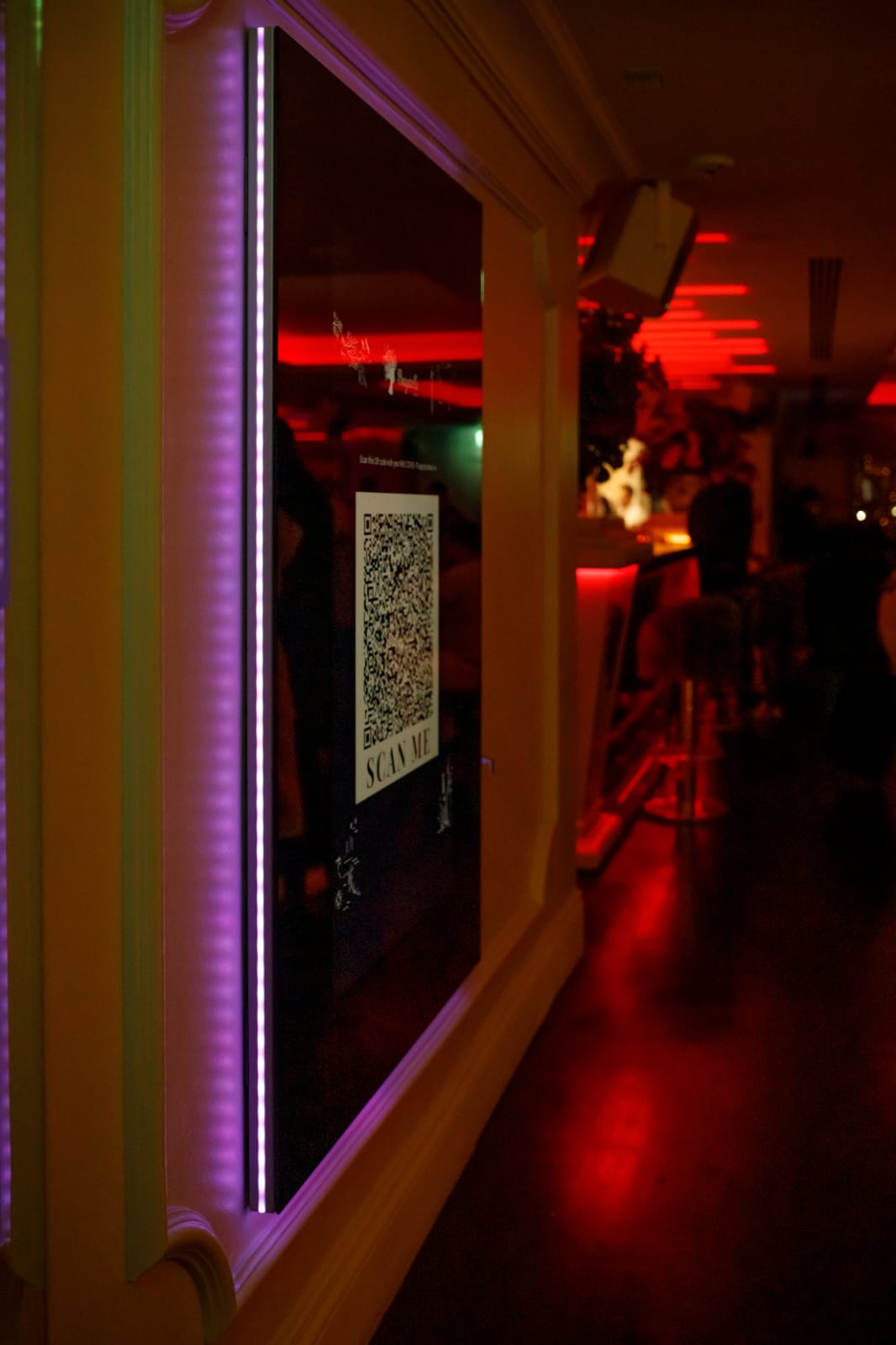New luxury brands advertising solutions after pandemic with Jarábik Barbara: If you’re running an exclusive brand, it’s important to have a well-thought-out luxury marketing strategy. In order to be successful, you need to reach the right consumers and communicate your unique value proposition. In this article, we will discuss 10 tips for marketing luxury brands effectively. Keep reading to learn more! In recent years, luxury brands have been expanding into new markets and segments. There has been an increasing amount of interest in luxury items among a wider range of affluent consumers. However, there’s no question that luxury brands have to work a little bit harder to market themselves than other types of brands.

Don’t neglect customer service: When you step into a designer store like Burberry or Louis Vuitton, what’s the first question you’re often asked? “Would you like a glass of champagne or tea?” That’s how it’s done. Brands like these treat their customers like kings and queens. Offering champagne and having a lounge within stores also adds to the luxurious branding. It makes you feel like you’re in a completely different world. Loyalty and repeat purchases are huge components of a successful luxury business. Customers who come back to purchase new releases or existing products have very high average lifetime values. This is why you must treat them extremely highly and ensure they are 100% satisfied. As a matter of fact, 55% of consumers would pay to have a better customer service experience.
SEO is an untapped goldmine for luxury brands. If your site isn’t SEO-friendly, you’re likely to be leaving a lot of potential traffic and revenue on the table. One of the most effective ways we’ve found to generate traffic and engagement for Qosy is create highly visual and aspirational content, such as our guide to kitchen islands. By focusing on long-form visual content, we’ve generated 10,000’s of social shares, and a huge amount of SEO traffic. While common in many other niches, content marketing is massively underused and enormously effective for luxury brands.
Expanded Text Ads are now our reality, and there’s never been a better time to market your high-end product using the power of paid search. With all that extra space comes the ability to differentiate yourself from the rest of the SERP with language instead of relying solely on brand recognition. After all, even when you’re bidding on branded keywords, there’s a good chance you’ll be competing with third party distributors and your direct competitors. The copy you use in your text ads will be the difference between earning a prospect’s click and watching them scroll on by. As you can see in the column on the left, STA (what used to be called Standard Text Ads) placed tight restrictions on your ability to say anything compelling in your ad copy. How can you stand out from the competition when everyone’s pigeonholed into using the same five-ish sentence fragments? Off the top of my head, hiring a commercially motivated haiku writer was the only plausible solution.

While I appreciate the need for stylistic design, luxury brands need to invest in websites that are also intuitive and well desgined from a user experience perspective. Aston Martin and Versace are both great examples of what luxury brands should be doing with their websites. Their websites are visually stunning, while very easy to use, and highly functional. In his book ‘Start With Why’, Simon Sinek explains how great marketing starts by explaining why they exist. Despite this, the majority of brands still market their products by explaining what they do. Take Apple for example. Here’s a paraphrased excerpt of how apple communicate with their customers. Find even more details at https://twitter.com/Barbara_Jarabik.
Digital signage mirrors are another way for luxury brands to advertise efficiently : The global digital signage mirrors market was estimated at USD 780 million in 2021. The global market is expected to grow at a CAGR of 12.21% to reach USD 910 million by 2023. Digital signage mirrors can vastly increase individual efficiency by choosing outfits as per weather updates while also offering bus and train schedules (including traffic updates). Digital signage mirrors in smart homes, planes, commercial spaces, hotels, etc. are designed to be connected to users as well as with different devices around. Energy efficiency is one of the major advantages that will drive the adoption of digital signage mirrors.